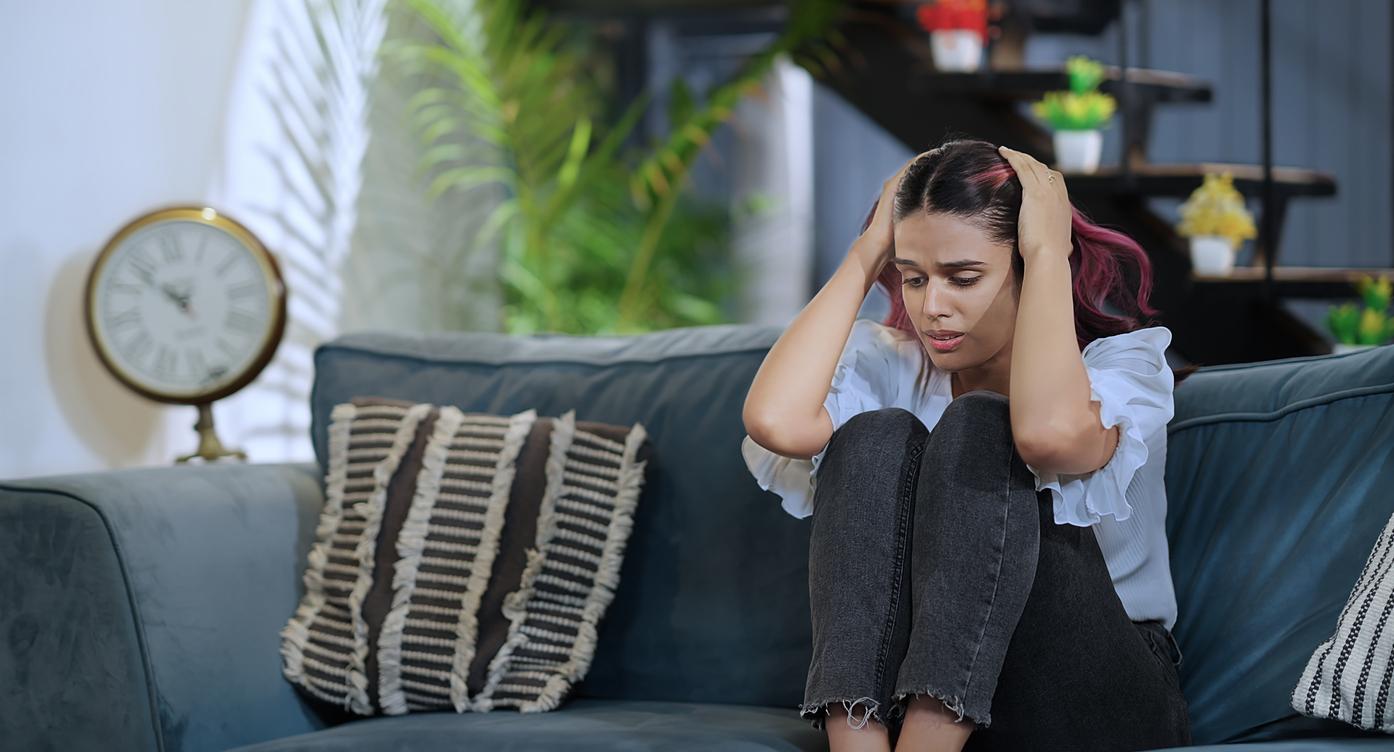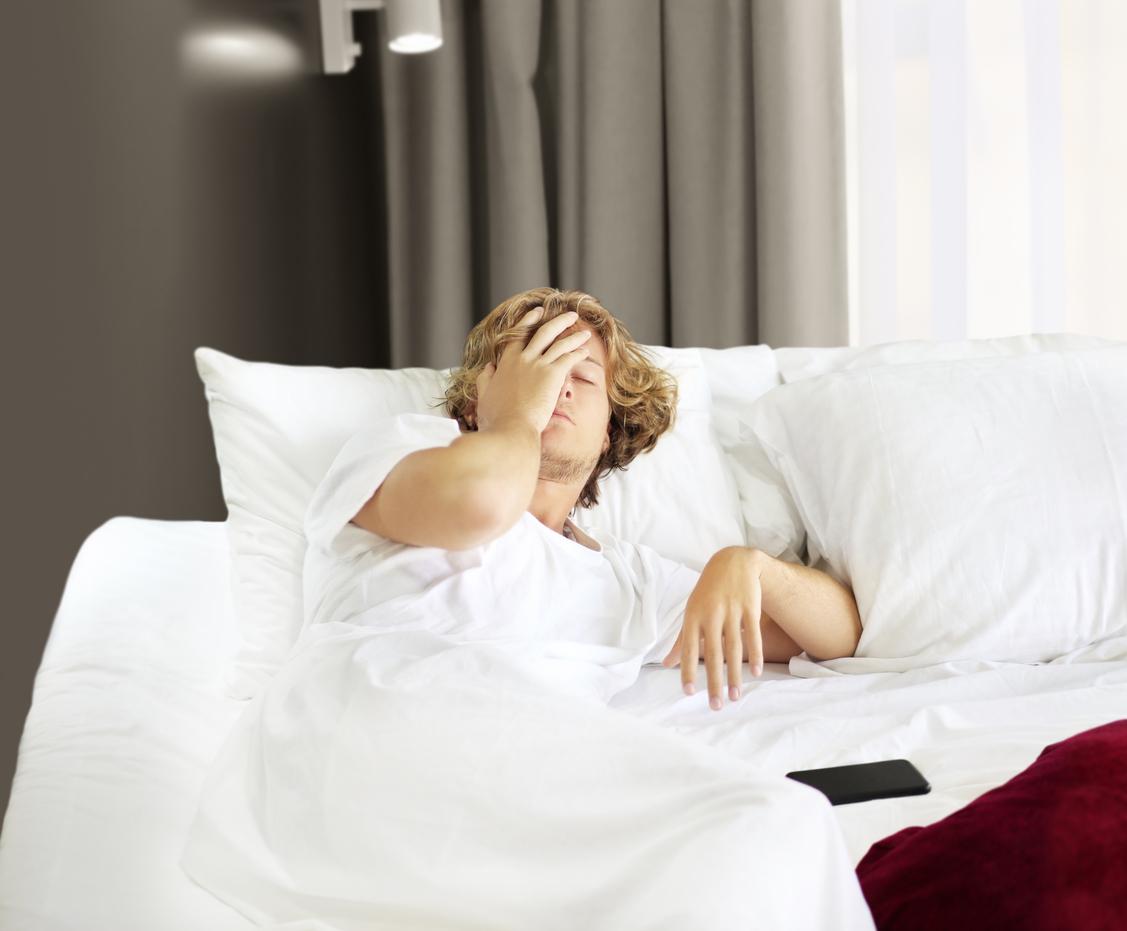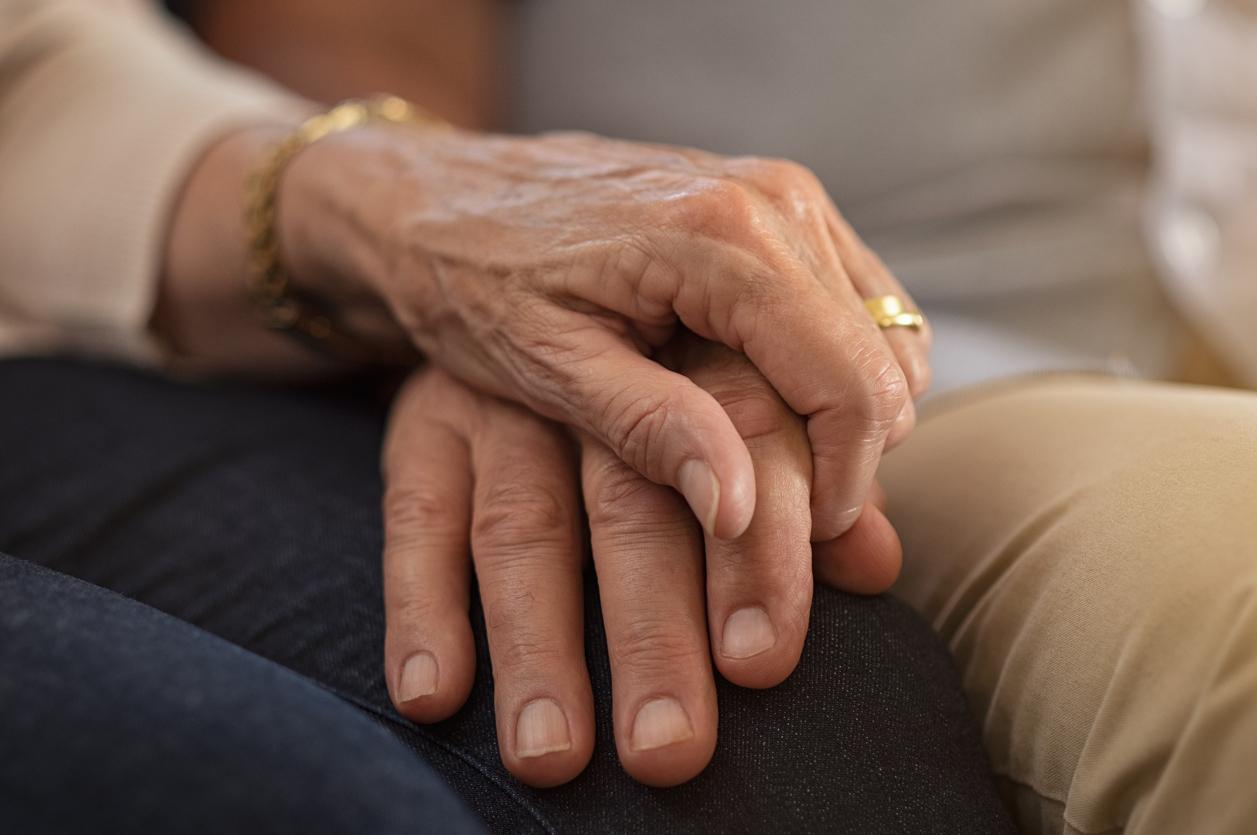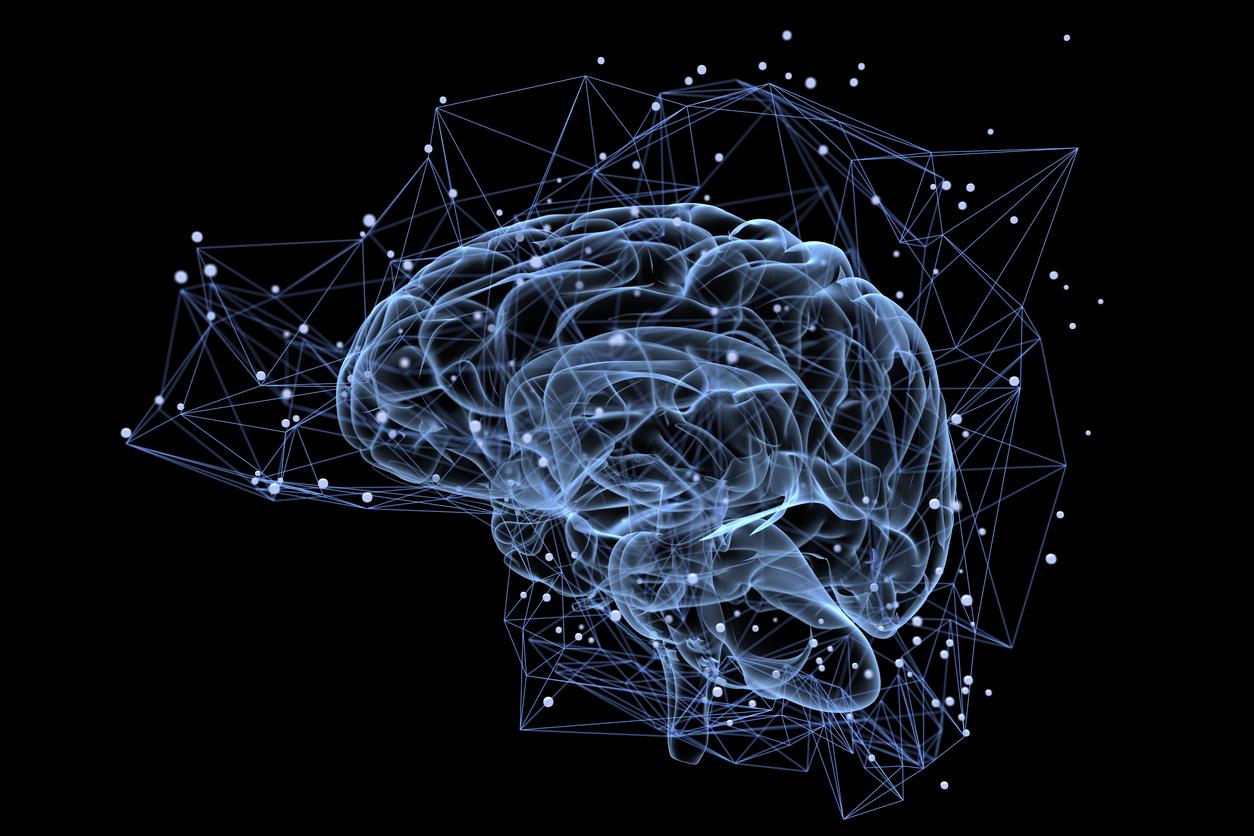About 7 million people would have consumed anxiolytic benzodiazepines in 2014, of which 16% in chronic treatment, that is to say over several years. Benzodiazepines are drugs marketed since the 1960s that act on the central nervous system. All have (to varying degrees) anxiolytic, hypnotic, muscle relaxant and anticonvulsant properties.
In France, 11 oral benzodiazepines are supported in the treatment of severe or disabling anxiety symptoms: alprazolam (Xanax), bromazepam (Lexomil), clobazam (Urbanyl), clorazepate (Tranxene), clotiazepam (Veratran), diazepam (Valium), loflazepate (Victan), lorazepam (Temesta), nordazepam (Nordaz), oxazepam (Seresta), prazepam (Lysanxia) and their generics.
Faced with the adverse effects of these drugs (vigilance disorders, memory disorders, falls, etc.) and their sometimes prolonged exposure, the High Authority for Health (HAS) has just reassessed the use of benzodiazepines in the treatment against ‘anxiety. Following this reassessment, she considers that their therapeutic value is still important, recommending that the reimbursement rate be maintained at 65%. But the HAS recalls that benzodiazepines remain a temporary solution and must be prescribed over a short period, from 8 to 12 weeks. “Their prolonged use exposes to the risk of dependence” underlines the HAS which published a sheet in order to help the doctors to reduce the prescriptions in the long course.
“It is important that as soon as a benzodiazepine treatment is started in the management of anxiety as in that of insomnia, the doctor can involve the patient in a process of stopping this treatment” insists the High authority. “But the patient must be an actor in the process and choose the rhythm that suits him, from a few weeks to several months”.
Benzodiazepines in figures
The ANSM analyzed the profile of patients who had a first reimbursement for a prescription of benzodiazepines for anxiety disorder in 2012:
France is in 2nd position behind Portugal for the use of anxiolytics.
The prescription of a benzodiazepine anxiolytic was established in 78% of cases by a general practitioner and in 8% of cases by a psychiatrist.
The median age of patients is 55 years. Almost 30% of patients are 65 years or older and 10% 80 years or older.
67% of users are women.
62% of patients received at least three consecutive drug dispensations and took them for an average of 4.4 months.
Read also :
Benzodiazepines: should you stop after 65 years
Anxiety crisis: how to overcome it?
















